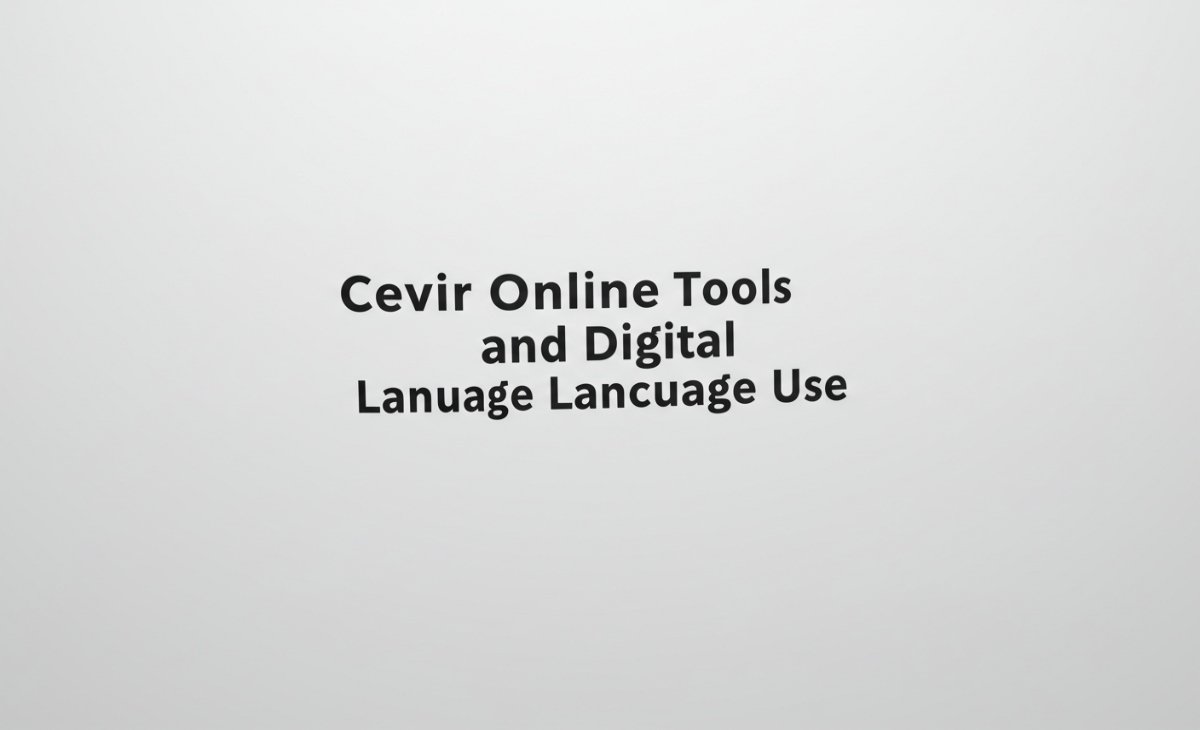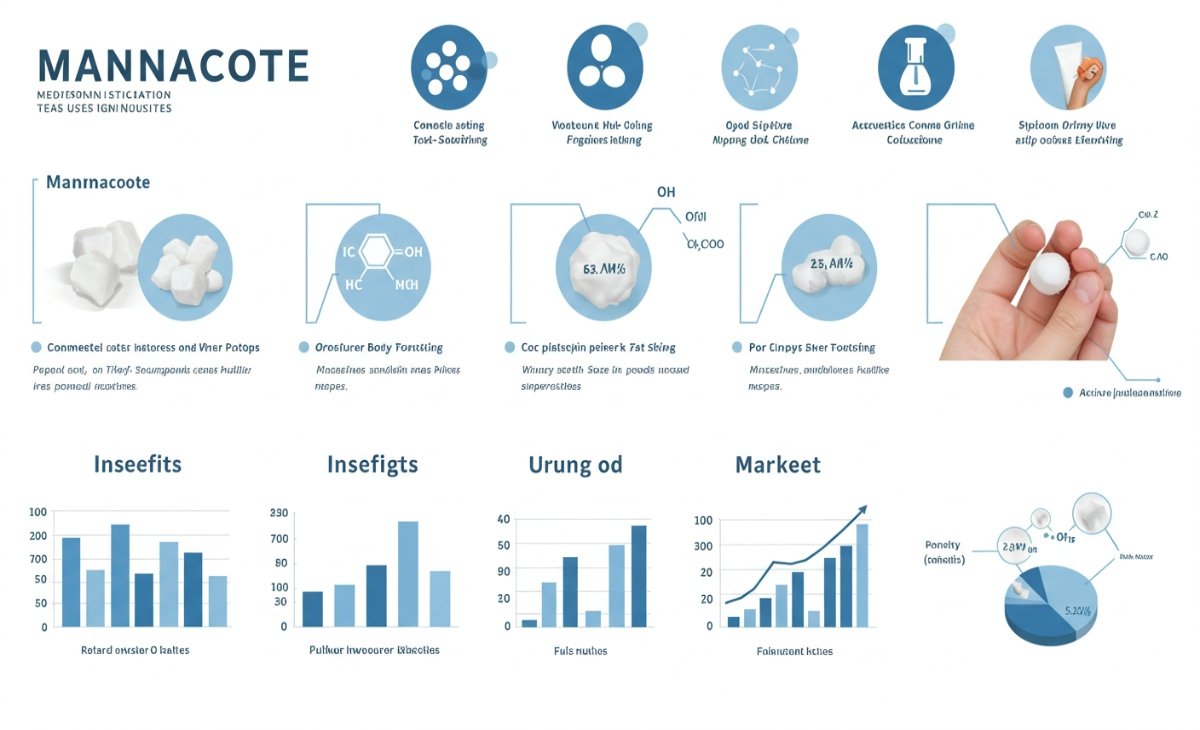In the digital era, where communication extends across multiple platforms and languages, online tools are increasingly important in bridging gaps between speakers of different tongues. One term that has gained attention in this context is ceıvır, a word that appears to be derived or associated with the Turkish word for “translate.” Whether encountered in typing variations, digital slang, or context-specific abbreviations, ceıvır represents more than just a term—it reflects the growing reliance on online translation tools, language learning platforms, and real-time text processing in a globalized world. Understanding the implications of ceıvır in digital communication helps users appreciate how language is evolving alongside technology.
Origins and contextual use of ceıvır
The origin of the term ceıvır likely stems from the Turkish word “çevir,” which means to translate, rotate, or turn depending on usage. However, ceıvır, spelled with an “ı” instead of a typical “i,” suggests a variation influenced by keyboard input errors, informal text usage, or even deliberate stylization in online spaces. This non-standard spelling appears in forums, social platforms, and sometimes in localized software or chat interactions. As a digital term, ceıvır exemplifies how language morphs in online settings and how certain terms become accepted within specific user communities even when they don’t follow conventional spelling norms.
You Might Also Like: Chord Mengenalmu: Kunci Gitar & Lirik Lengkap
Ceıvır in the context of online translation tools
The use of ceıvır is often associated with tools like Google Translate, Yandex Translate, or DeepL, where users input one language and receive a translated output in another. These platforms have transformed how we communicate across linguistic barriers. Ceıvır in this sense becomes a keyword or shorthand that users type when seeking quick translations, especially in multilingual settings such as international gaming, virtual classrooms, or global online markets. The popularity of translation platforms highlights the utility and immediacy of ceıvır in daily digital interactions.
Language flexibility and digital slang
Language in digital environments evolves quickly, adopting slang, abbreviations, and altered spellings that may not exist in formal dictionaries. Ceıvır is an example of such adaptation, possibly used in social media captions, meme culture, or chat-based interfaces where speed and informality are valued. Just like LOL, BRB, or TL;DR, ceıvır might function within niche groups as a recognized term, even if it appears non-standard to linguists. This linguistic creativity is not just a matter of typing—it’s a reflection of cultural and technological shifts in how people connect and share information.
Machine learning and the evolution of ceıvır
Modern translation tools that users associate with ceıvır rely on machine learning algorithms trained on vast multilingual datasets. These tools not only recognize syntax and vocabulary but also improve over time based on user interactions. When users search for ceıvır-related functions, they are often directed to these evolving systems that can now handle idioms, tone, and even domain-specific vocabulary. The development of AI in language services shows that ceıvır isn’t merely a passive action like pressing a button—it’s part of an active dialogue between humans and machines aimed at mutual understanding.
Ceıvır as a cultural bridge
Beyond its utility, ceıvır serves as a cultural connector. It enables students, tourists, business professionals, and even casual readers to access content beyond their native language. Turkish users looking to consume English content—or vice versa—use ceıvır as a tool to explore new perspectives. This bridging effect is especially important in educational platforms, where students rely on translation to study foreign materials. By using ceıvır tools, users gain exposure to global media, literature, academic articles, and cultural narratives, all of which contribute to increased cultural literacy and empathy.
Challenges and limitations of ceıvır tools
Despite their usefulness, ceıvır applications are not without challenges. Machine translations can sometimes misinterpret idiomatic expressions or deliver awkward sentence structures. Relying heavily on such tools can lead to miscommunication or loss of nuance. For instance, emotional tone, cultural context, or sarcasm may be lost in translation. Users who depend solely on ceıvır may not develop deeper language proficiency or awareness of grammatical structures. Therefore, while ceıvır offers convenience, it is not a substitute for comprehensive language learning or expert human translation.
Educational impact of ceıvır in language learning
Language learners often use ceıvır platforms as supplemental tools for vocabulary building and grammar checks. Apps such as Duolingo, Babbel, or Memrise sometimes integrate translation-like features that resemble ceıvır functionality. These tools make learning more interactive and accessible, especially for beginners. Students who frequently use ceıvır can reinforce lessons by comparing translations, practicing pronunciation, and understanding contextual use. As a result, ceıvır contributes significantly to self-paced education and mobile learning, which are essential in the modern educational ecosystem.
Ceıvır in professional environments
Businesses that operate internationally frequently use ceıvır tools to manage communication, translate documents, or localize websites. Small enterprises that cannot afford professional translators turn to free tools associated with ceıvır for basic interactions with clients. In e-commerce, translated product descriptions improve user experience and expand market reach. However, companies must balance this convenience with quality control to avoid translation errors that could damage credibility. In this context, ceıvır serves as an entry-level solution that eventually requires professional support for long-term success.
User behavior and ceıvır search trends
Search data indicates that users often type terms like ceıvır when urgently looking for quick translation help. These searches spike around exam seasons, travel periods, or when trending international news stories circulate. This suggests that ceıvır is part of responsive, need-based behavior rather than long-term strategy. Understanding these trends helps developers and educators optimize their platforms. For instance, integrating real-time ceıvır tools within learning management systems or social platforms can increase usability and user retention.
Accessibility and mobile applications of ceıvır
With the rise of smartphones and mobile applications, ceıvır has become more accessible than ever. Many apps now support voice-to-text translation, image recognition for signs or menus, and offline dictionaries. These innovations are crucial for users traveling in foreign countries or working in multicultural settings. Ceıvır in mobile form empowers users to interact without delay, making language barriers less intimidating. This level of convenience contributes to its popularity, especially among younger generations who prefer immediate, app-based solutions.
Social media and the spread of ceıvır
Social platforms like Instagram, Twitter, and TikTok often see the term ceıvır used in captions, comments, or hashtags. Influencers may post content in multiple languages or ask their followers to ceıvır their captions for broader reach. This phenomenon reflects how ceıvır becomes a digital behavior rather than just a word. It’s a call to action, an informal instruction to translate, understand, or respond across linguistic divides. This participatory language trend shows how embedded ceıvır has become in the global digital conversation.
Future developments in ceıvır technology
As artificial intelligence and natural language processing advance, ceıvır tools will become more intuitive. Developers are already working on real-time voice translators, smart earbuds, and AI writing assistants that integrate ceıvır-like features. These innovations will blur the lines between languages, enabling seamless multilingual communication. The future of ceıvır lies not just in translating words but in understanding context, emotion, and purpose. As these tools become smarter, they will play a more significant role in diplomacy, education, and personal relationships across cultures.
Community-driven improvements in ceıvır tools
Crowdsourced platforms often rely on user input to enhance the quality of translations. Users contribute corrections, suggest better phrasing, or report inaccuracies. This peer-driven model improves the accuracy of ceıvır tools over time and builds a collaborative learning environment. Communities that use ceıvır in forums or educational groups share tips, tricks, and examples, making the process more interactive. This communal participation democratizes access to language tools and strengthens their reliability for all users.
Ceıvır in the context of identity and self-expression
Language is deeply tied to identity, and the ability to express oneself in multiple languages empowers individuals. Ceıvır gives users the confidence to navigate unfamiliar linguistic environments, whether through travel, work, or online socialization. It enables people to share their thoughts, art, or opinions beyond their native audience. For bilingual or multilingual users, ceıvır becomes a tool of creative expression, allowing them to blend languages fluidly in communication. This versatility fosters inclusion and allows voices from various backgrounds to be heard on equal footing.
Global relevance and multilingual connectivity
The globalization of economies, media, and culture has made multilingual connectivity essential. Ceıvır facilitates participation in global conversations, from international conferences to online gaming. Users no longer feel limited by language when engaging with content from different regions. This increased exposure contributes to cultural appreciation, reduces biases, and promotes empathy. Ceıvır, by making language flexible, becomes a symbol of modern connectivity, where understanding trumps uniformity and curiosity replaces isolation.
Conclusion: the evolving role of ceıvır in digital life
Ceıvır may have begun as a typographic or digital shorthand, but its significance has grown with technological evolution. It now represents a movement toward open, accessible, and multilingual communication in an increasingly interconnected world. While limitations and challenges remain, the continued development of ceıvır tools will shape how future generations interact with language and each other. Whether in education, business, or everyday life, ceıvır will remain a valuable ally for those navigating the rich tapestry of human expression.











